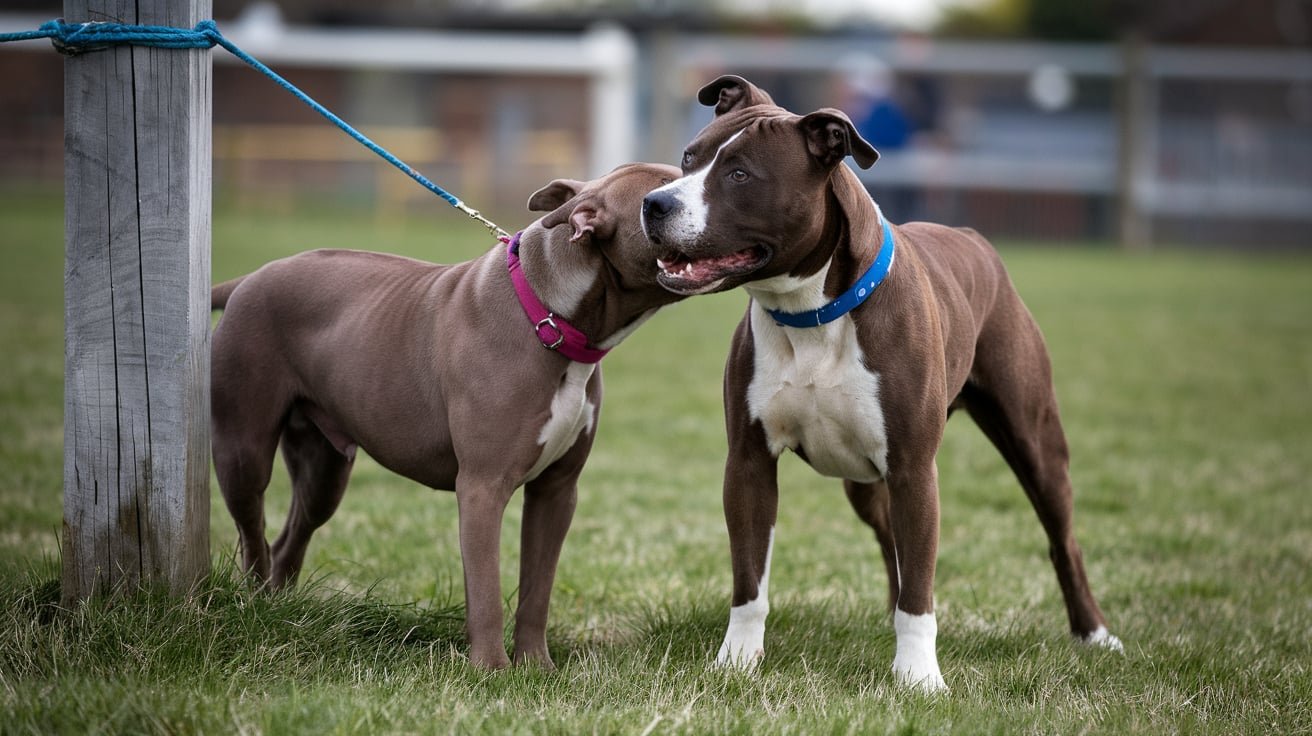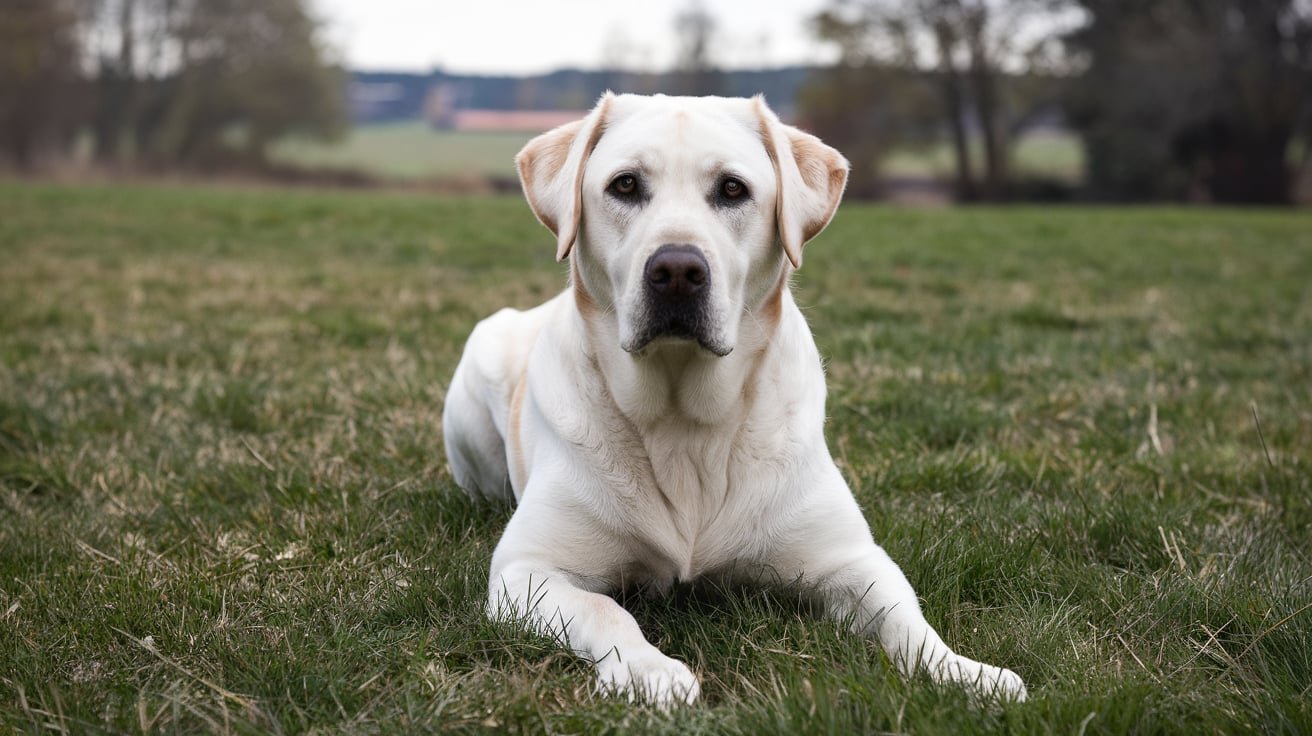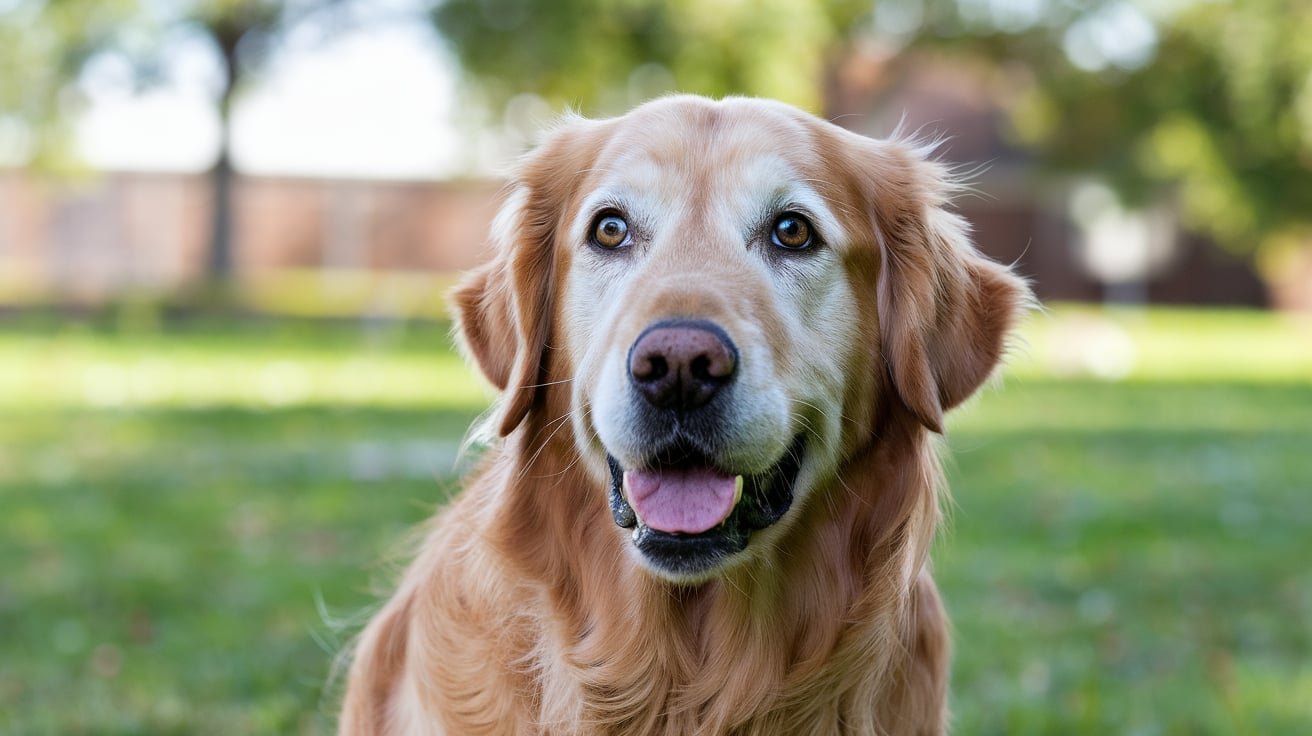What Is a Bait Dog?
A bait dog is an innocent dog used by dogfighters to train their fighting dogs. Typically, these dogs are weaker, more docile, or simply unwanted, making them easy targets for this kind of abuse.Handlers often muzzle bait dogs or tape their mouths shut to prevent them from defending themselves. If you suspect that someone is using a dog for fighting or as a bait dog, report it to the RSPCA (Royal Society for the Prevention of Cruelty to Animals).
This brutal practice is meant to build the aggression and “killing instinct” of the fighting dog. The bait dog, in most cases, suffers serious injuries, trauma, and in many cases, death.
Why Are Bait Dogs Used?
Dog fighting is an illegal blood sport that involves forcing dogs to fight each other for human entertainment and profit.Before these fights, trainers “train” the dogs to be as aggressive as possible. This is where bait dogs play a role—dogfighters often view them as disposable, using them to simulate a real fight without risking injury to the prized fighting dog.
Bait dogs are usually defenseless, which means they offer little resistance, allowing the fighting dogs to gain confidence and practice their skills. It’s an incredibly cruel method, as the bait dog is often left severely injured, traumatised, or killed.
Who Are the Victims?
While it’s hard to understand, people often steal pets, abandon strays, or discard dogs due to age, illness, or size, making them vulnerable as bait dogs.Breeds typically seen as non-aggressive, like **Labradors**, **Golden Retrievers**, or even smaller dogs, often become victims. However, dogfighters may target any dog perceived as weak or unable to defend itself.
How Can You Spot a Bait Dog?
While the practice of using bait dogs is illegal in the UK, it can be difficult to detect. That said, there are some common signs that might indicate a dog has been used as bait.
1. Visible Injuries
A bait dog may show signs of bite marks, torn ears, deep scars, and puncture wounds; in particular, these injuries are often located around the head, neck, and legs—areas where they were most likely attacked by a fighting dog.
2. Behavioral Changes
In addition to physical injuries, many bait dogs display extreme fear or trauma. They may cower, shake, or show signs of aggression out of fear, especially when they are around other dogs. This is a result of the abuse and violence they have experienced.
3. Missing Teeth or Muzzle Damage
Since many bait dogs are restrained to prevent them from biting back, they may have missing teeth or damage around their muzzles from being bound with tape or rope.
What to Do If You Suspect Dog Fighting or Encounter a Bait Dog
If you suspect a dog has been used as a bait dog or have information about illegal dog fighting in your area, take action quickly. Here’s a step-by-step guide on what to do.
1. Report to Authorities
In the UK, dog fighting is illegal under the Animal Welfare Act 2006. Therefore, if you suspect someone is using a dog for fighting or as a bait dog, contact the RSPCA (Royal Society for the Prevention of Cruelty to Animals). As a result, they have the authority to investigate and take legal action against those involved in dog fighting.
- RSPCA hotline: 0300 1234 999
2. Seek Veterinary Help for the Dog
If you find an injured or neglected bait dog, take it to a vet immediately. Many vets work with local rescues and can help in rehabilitating the dog and getting them the care they need.
3. Spread Awareness
One of the most effective ways to fight this cruel practice is to spread awareness; in addition, share information with your community, educate others about the signs of dog fighting, and encourage people to report any suspicious activity.
4. Support Anti-Dog Fighting Organisations
There are several organizations in the UK working to end dog fighting and rescue bait dogs; therefore, consider supporting them through donations, fostering, or volunteering. For example, groups like Dogs Trust, Paws Protect, and Hope Rescue are great places to start..
What Happens to Rescued Bait Dogs?
Not all bait dogs survive the horrific abuse they endure, but those that do are often in need of extensive medical and emotional rehabilitation. The journey to recovery can be long and difficult, but with the right care, many bait dogs can go on to live happy, healthy lives.
Rehabilitation
Bait dogs often require surgery to address their physical injuries, such as broken bones, torn skin, and missing teeth. Emotional rehabilitation is just as important. These dogs have often been through so much trauma that they may need behavioural therapy and socialization to help them trust humans and other animals again.
Finding a Forever Home
One of the most heartwarming aspects of the fight against dog fighting is, indeed, seeing rescued bait dogs find loving forever homes. Moreover, many families adopt these dogs. Understanding their needs and providing the time, patience, and care they require.
The Legal Framework Against Dog Fighting in the UK
In fact, in the UK, dog fighting is a serious criminal offense under the Animal Welfare Act 2006. Additionally, those found guilty of participating in or organizing dog fights can face up to five years in prison. Unlimited fines, and a lifetime ban on keeping animals.
It’s important to understand that using bait dogs is not just animal cruelty. It is also a clear violation of the law. The UK government, along with organizations like the RSPCA and local law enforcement. Works tirelessly to bring perpetrators of these cruel acts to justice.
A Personal Story: The Courage of Rescued Bait Dogs
Let me share the story of “Lucy,” a bait dog rescued by a local UK animal shelter. Rescuers found Lucy, a small mixed breed dog, in an abandoned warehouse, severely injured and malnourished. Her rescuers weren’t sure if she would survive, but with dedicated care and love, she pulled through. Over time, Lucy regained her strength, and a loving family adopted her, giving her the safe, caring home she deserved. Despite the trauma she endured, Lucy became a loving and gentle dog, proof that even the most damaged souls can heal with time and kindness.
Conclusion: How You Can Help
The practice of using bait dogs is one of the cruelest forms of animal abuse; however, together, we can make a difference. By staying informed, spreading awareness, and supporting organizations fighting against dog fighting, therefore we can help bring an end to this inhumane practice.
If you ever come across suspicious activities or a dog in need, remember that there are resources and authorities ready to step in.With your help, we can rescue, rehabilitate, and give more bait dogs like Lucy the second chance they deserve.
Let’s stand together to end dog fighting and protect these innocent animals.



